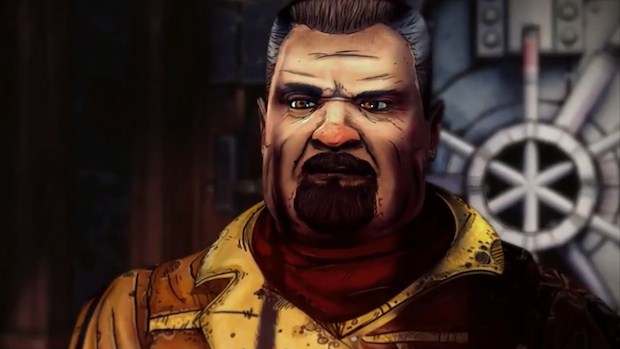

The form of a Gothic story is usually discontinuous and convoluted, often incorporating tales within tales, changing narrators, and framing devices such as discovered manuscripts or interpolated histories. The depiction of horrible events in Gothic fiction often serves as a metaphorical expression of psychological or social conflicts. The atmosphere is typically claustrophobic, and common plot elements include vengeful persecution, imprisonment, and murder. Especially in the eighteenth and nineteenth centuries, characteristic settings include castles, religious buildings like monasteries and convents, and crypts. The setting typically includes physical reminders of the past, especially through ruined buildings which stand as proof of a previously thriving world which is decaying in the present. Gothic fiction is distinguished from other forms of scary or supernatural stories, such as fairy tales, by the specific theme of the present being haunted by the past.

Gothic fiction is characterized by an environment of fear, the threat of supernatural events, and the intrusion of the past upon the present. The ruins of Wolf's Crag castle in Walter Scott's The Bride of Lammermoor (1819) Twentieth-century contributors include Daphne du Maurier, Stephen King, Shirley Jackson, Anne Rice, and Toni Morrison.

Later well-known works were Dracula by Bram Stoker, Richard Marsh's The Beetle and Robert Louis Stevenson's Strange Case of Dr. The early Victorian period continued the use of gothic aesthetic in novels by Charles Dickens and the Brontë sisters, as well as works by the American writers Edgar Allan Poe and Nathaniel Hawthorne. Hoffmann frequently drew upon gothic motifs in their works. The Gothic influence continued into the early 19th century works by the Romantic poets, and novelists such as Mary Shelley, Charles Maturin, Walter Scott and E. Subsequent 18th-century contributors included Clara Reeve, Ann Radcliffe, William Thomas Beckford, and Matthew Lewis. The first work to call itself Gothic was Horace Walpole's 1764 novel The Castle of Otranto, later subtitled "A Gothic Story". The name refers to Gothic architecture of the European Middle Ages, which was characteristic of the settings of early Gothic novels. Gothic fiction, sometimes called Gothic horror (primarily in the 20th century), is a loose literary aesthetic of fear and haunting. The aesthetics of the book have shaped modern-day gothic books, films, art, music and the goth subculture. The Castle of Otranto (1764) is regarded as the first Gothic novel.


 0 kommentar(er)
0 kommentar(er)
